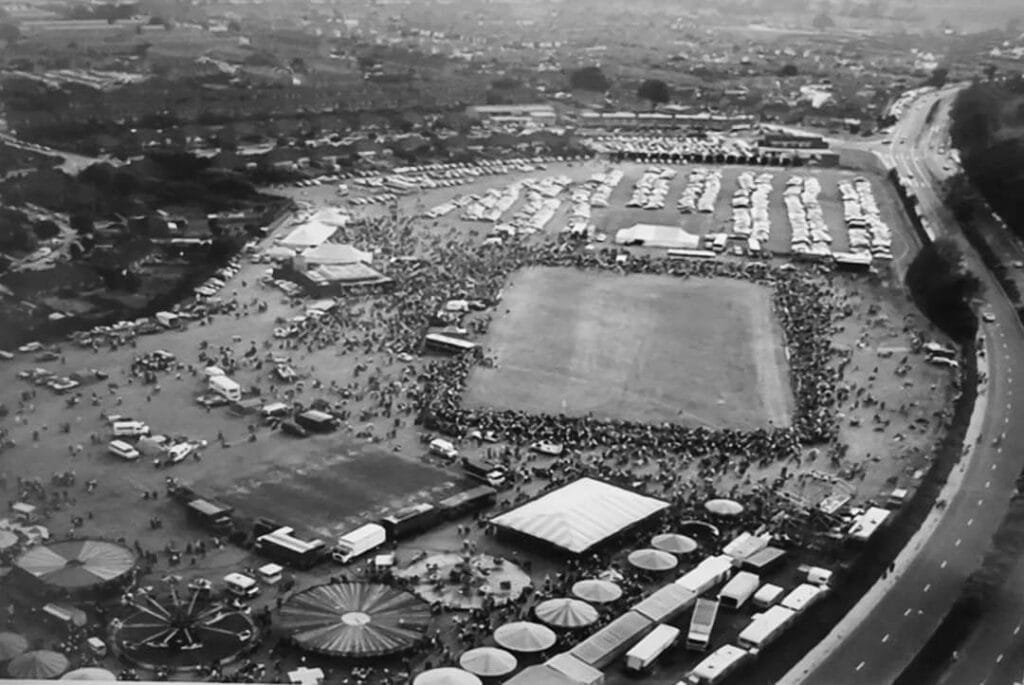ABOUT
WORTHING ROTARY CARNIVAL history

the evolving face of change
SAME GOAL – DIFFERENT CHALLENGES
EARLY YEARS
The carnival began in the 1920sas a parade through the town, featuring decorated floats, marching bands, and entertainers. Its primary goal was to raise funds for local charities, and this remains a core purpose of the carnival to this day.
WORLD WAR II
Like many events, the Worthing Rotary Carnival was suspended during World War II. Post-war, it resumed with renewed enthusiasm, reflecting the communal spirit of the time and becoming a symbol of recovery and community strength.
50s & 60s
The carnival had grown into a staple event for Worthing, with larger floats, more performers, and an increasingly festive atmosphere. Local businesses, schools, and community groups began to participate more actively, turning it into a true community-wide celebration.
